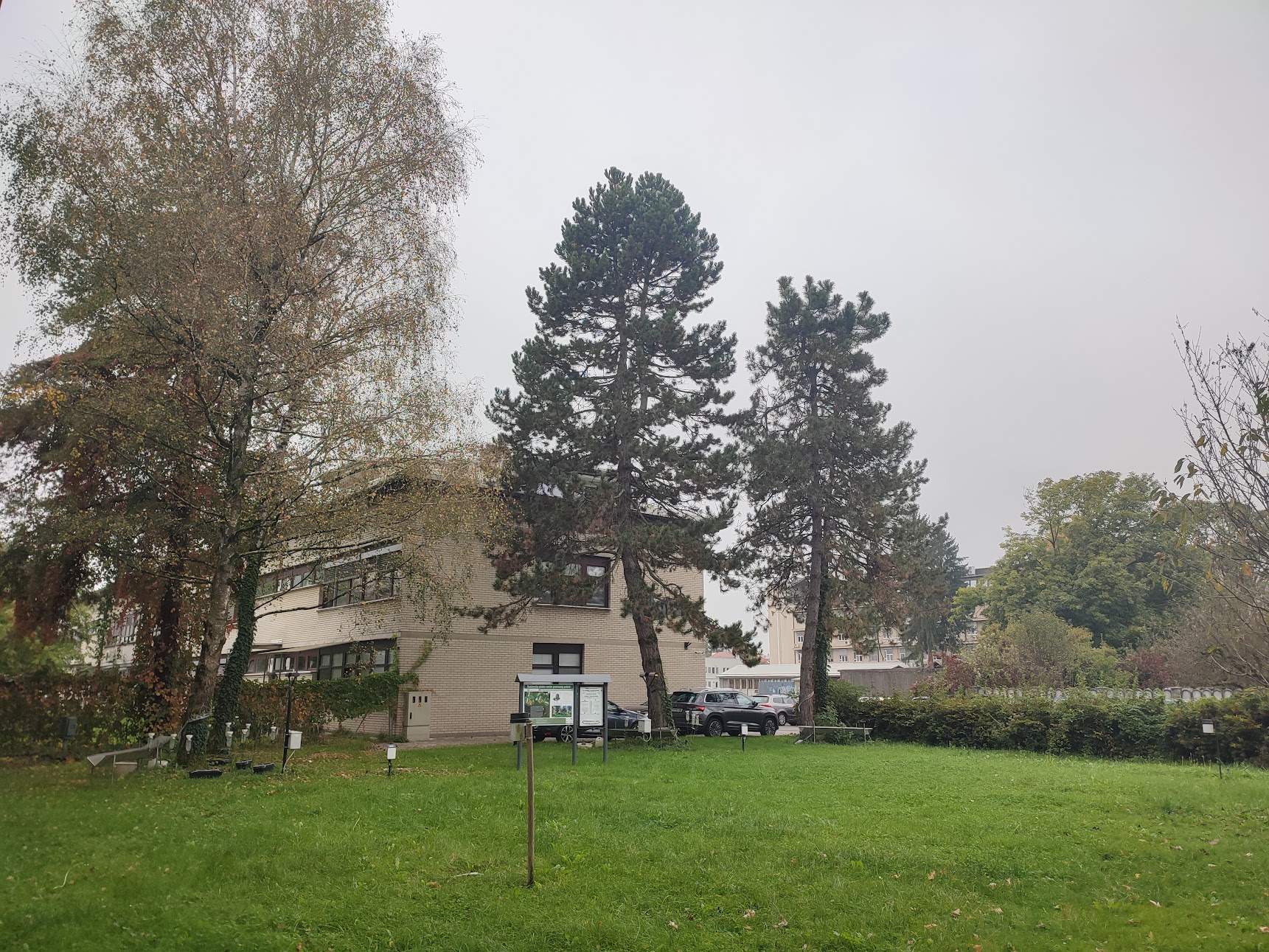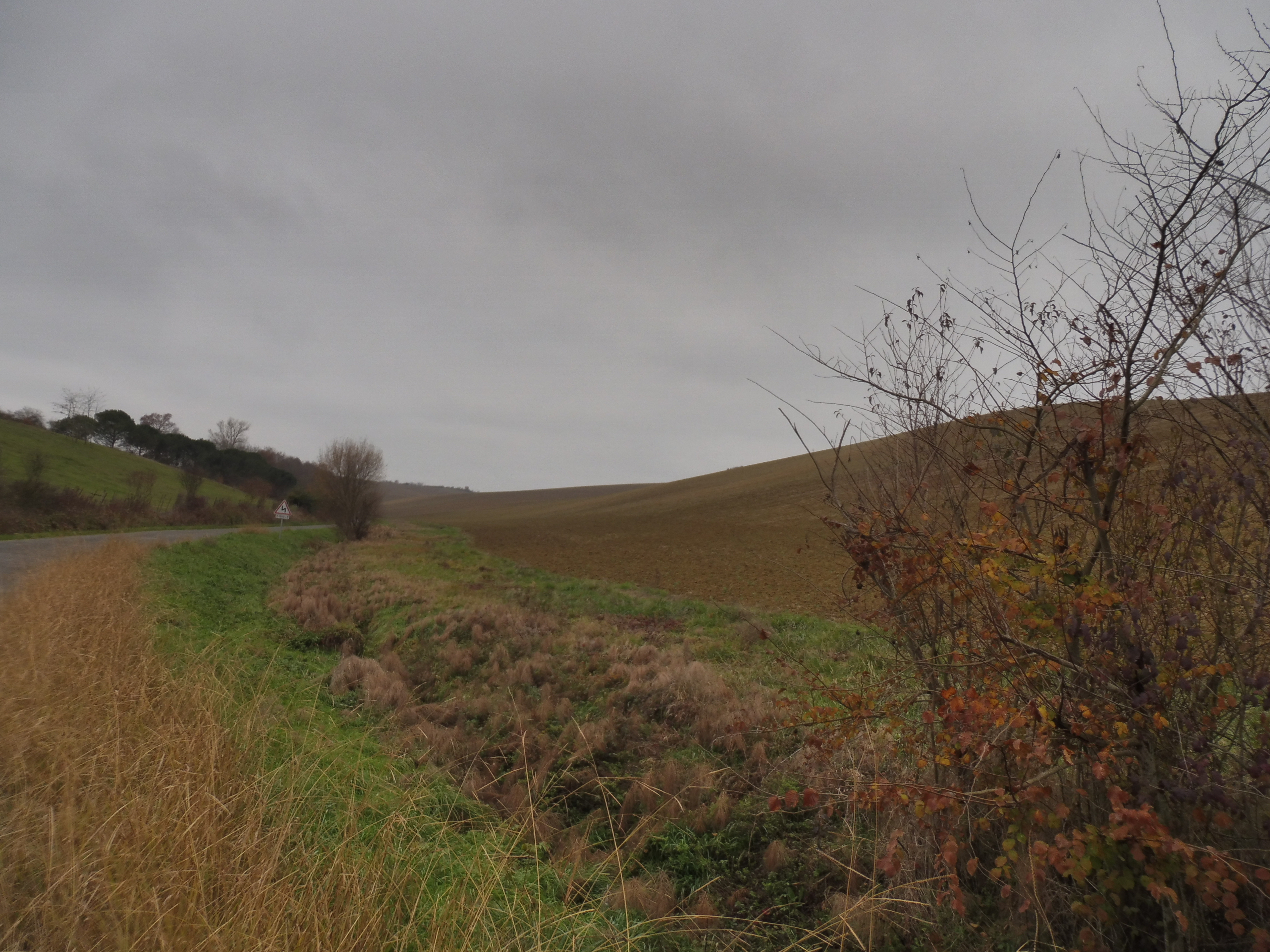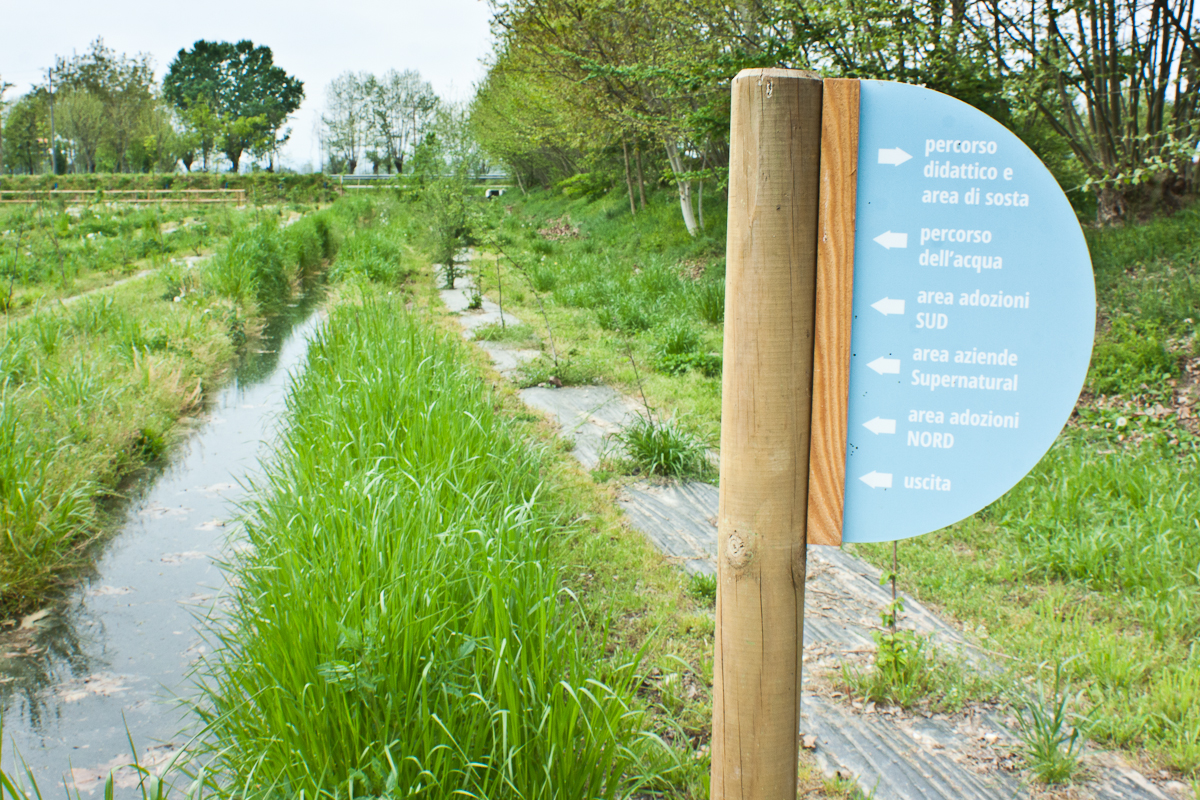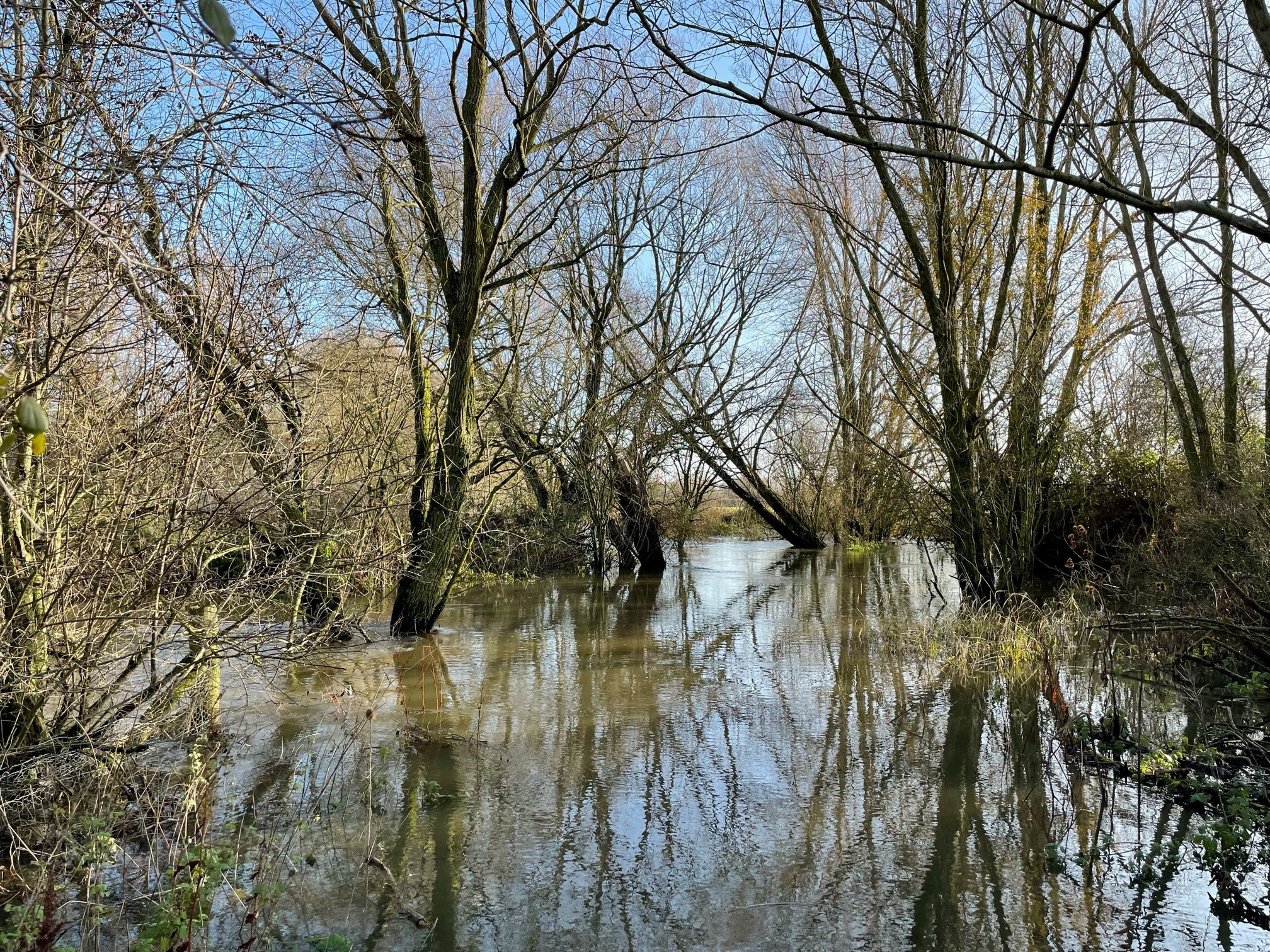
Read More
The Gradaščica catchment in Ljubljana is located in a hilly pre-alpine region, with elevations ranging from 300 to 1000 meters above sea level. Approximately 70% of this area is forested, mainly with broad-leaved and mixed forests, which play a crucial role in the local ecosystem and water management. Within SpongeScapes, we are investigating how trees reduce rainwater run-off, which is crucial in flood-prone areas.


